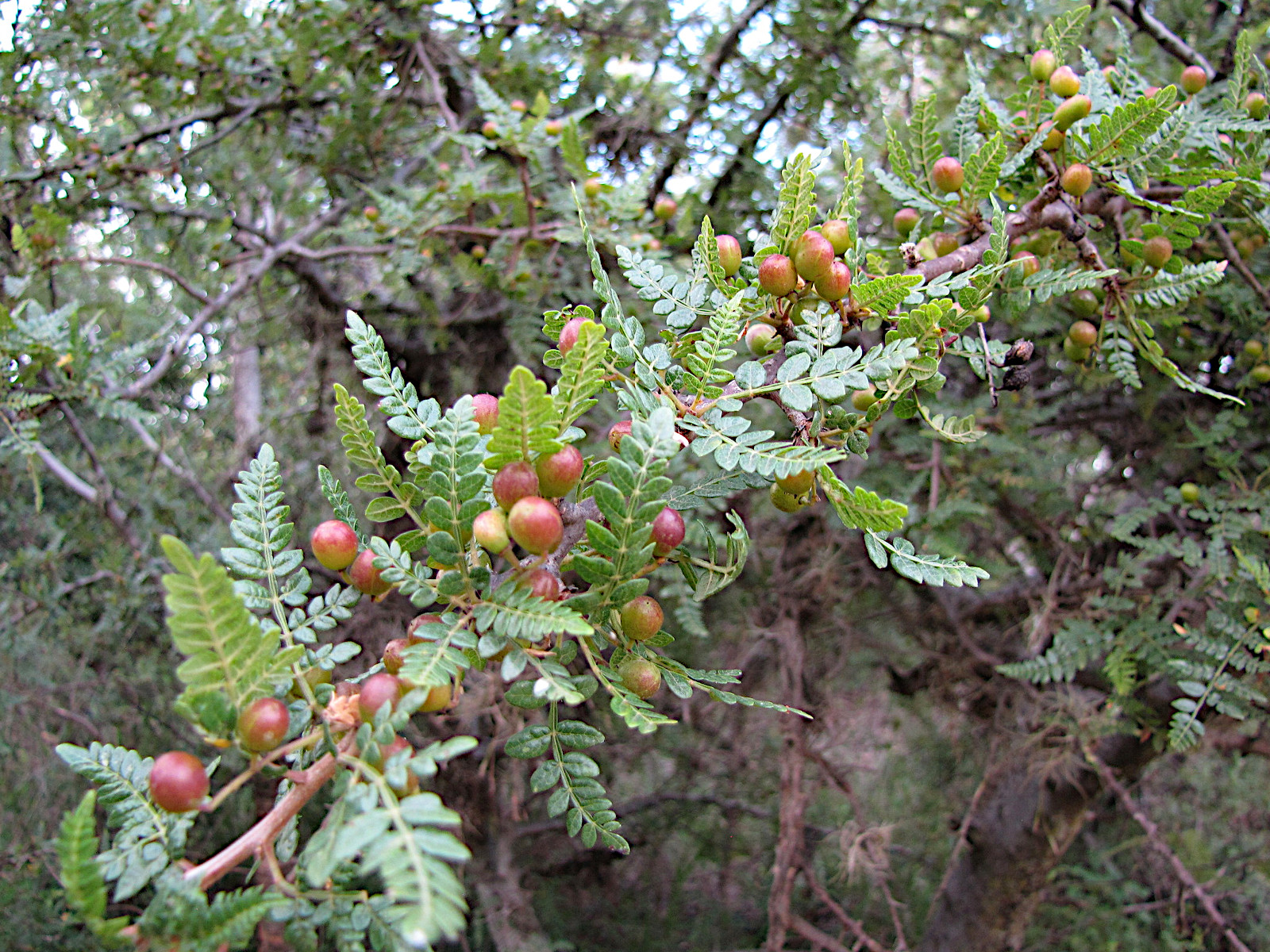Bursera bipinnata (Moc. & Sessé ex DC.) Engl. - syn. Amyris bipinnata Moc. & Sessé ex DC. - Burseraceae
(árbol de) copal chino
Small tree, up to 6m tall, native to Central America (Mexico, Honduras, Guatemala, El Salvador).
https://www.gbif.org/species/7286788
The odor impression of burnt copal chino is reminiscent of incense (resin and old church note).
„The North American commercial incense copals are derived from species of Bursera, Protium (Burseraceae), and Hymenaea (Caesalpiniaceae) but are also distinguished by the technique of harvesting as well as by species… The essential oil of copal bianco (probably from B. bipinnata) is dominated by 14.52 ± 1.28% α-copaene and 13.75 ± 1.06% germacrene D.“
[Case, Ryan J., et al. „Chemistry and ethnobotany of commercial incense copals copal blanco, copal oro, and copal negro, of North America.“ Economic Botany 57.2 (2003): 189-202]
„The word 'copal' comes from the Nahuatl word 'copalli' which means resin, the tree is called copalcuahitl, from copalli = resin and cuahuitl = tree.“
[BASÁÑEZ, Miguel CHÁZARO; MOSTUL, Burn L.; LARA, Feliciano GARCÍA. Los copales mexicanos (Bursera spp.). Revista científica internacional dedicada al estudio de la flora ornamental, Bouteloua 7: 57-70 (XII-2010)]
http://www.floramontiberica.org/bouteloua/Bouteloua_07.pdf#page=57
„Bursera bipinnata (Sessè & Moc. ex DC.) Engl. … is commonly known as copal cimarrón and copal santo. It is distributed from southern Chihuahua and Sinaloa to Morelos, Guerrero, Oaxaca, and Chiapas. Although chemically variable, the main volatile component of its fresh resin is α-pinene (Becerra, J.X., Personal observations. 2015).“
[Gigliarelli, Giulia, et al. „Chemical composition and biological activities of fragrant Mexican copal (Bursera spp.).“ Molecules 20.12 (2015): 22383-22394]
https://www.mdpi.com/1420-3049/20/12/19849/pdf
„It is important to point out that Bursera bipinnata is known by the vernacular names of copal chino, copal santo, palo copal, torote blanco, cimarrón copal, copal amargo o perlate (Martínez, 1979: 1027); It is also known as copal blanco, copal de penca o copalquáhuitl… This taxon [B.bipinnata] represents plants that are exploited in a way preferential to obtain white copal, the most appreciated aromatic resin of the highest commercial quality; but also, the trees in the second place are subject to collection due to the resin that they release naturally and which is known under different names: copal de piedra, copal negro, goma de copal…
copal chino (Bursera bipinnata) was a resin offered to the gods in Mesoamerican agricultural rituals… the use of copal in the calendar festivities of worship of the sun and the gods of Earth, Water, Fire, Wind and War, because its aromatic smoke, that was also considered divine food, allowed the link between deities and humans.“
[Montúfar López, Aurora. „Copal de Bursera bipinnata. Una resina mesoamericana de uso ritual.“ Trace (México, DF) 70 (2016): 45-78]
http://www.scielo.org.mx/pdf/trace/n70/2007-2392-trace-70-00045.pdf
„Copal trees are tapped (“picado de copal”) by making parallel gashes in the branches (occasionally also in the trunk with a machete)… Only the resin collected in Agave leaves (“copal en penca” or “planchita”) was considered in our quantification of resin yield. This was because this resin is what copaleros sell and where they dedicate their greatest collecting efforts. The other types of resin, such as teardrop (lágrima), myrrh, and gum (goma), were not considered in this study… People that manage copal trees recognize, name, and classify copal trees based on different criteria. First, they classify them according to their morphological attributes, for which they recognize four species: chino (B. bipinnata), ancho (B. copallifera), ticumaca (B. bicolor), and linaloe (B. linanoe). From the three locally recognized copal species, only the first two are tapped. Copal chino is the most valued, mainly for its high resin yield, scent, and consistency, followed by copal ancho.“
Main volatile and semi-volatile organic compounds of the resin of wild and managed individuals of Bursera bipinnata were: α-phellandrene (7.9-23.3%), β-phellandrene (1.2-4.4%), terpinolene (2.2-5.0%), caryophyllene (3.1-11.9%), α-humulene (0.4-2.5%), caryophyllene oxide (0.2-1.2%), δ-cadinol (0.2-1.8%), α-amyrin (6.5-13.7%), lupeol acetate (1.8-5.6%), betulin (14.1-19.6%), β-amyrin (6.6-23.6%).
[Abad-Fitz, Itzel, et al. „Consequences of traditional management in the production and quality of copal resin (Bursera bipinnata (Moc. & Sessé ex DC.) Engl.) in Mexico.“ Forests 11.9 (2020): 991]
https://www.mdpi.com/1999-4907/11/9/991/htm

B.pinnata; Cerro del Fortín (2013) author: Elizabeth Torres Bahena CC-BY-SA 4.0 https://www.inaturalist.org/observations?taxon_id=283240
